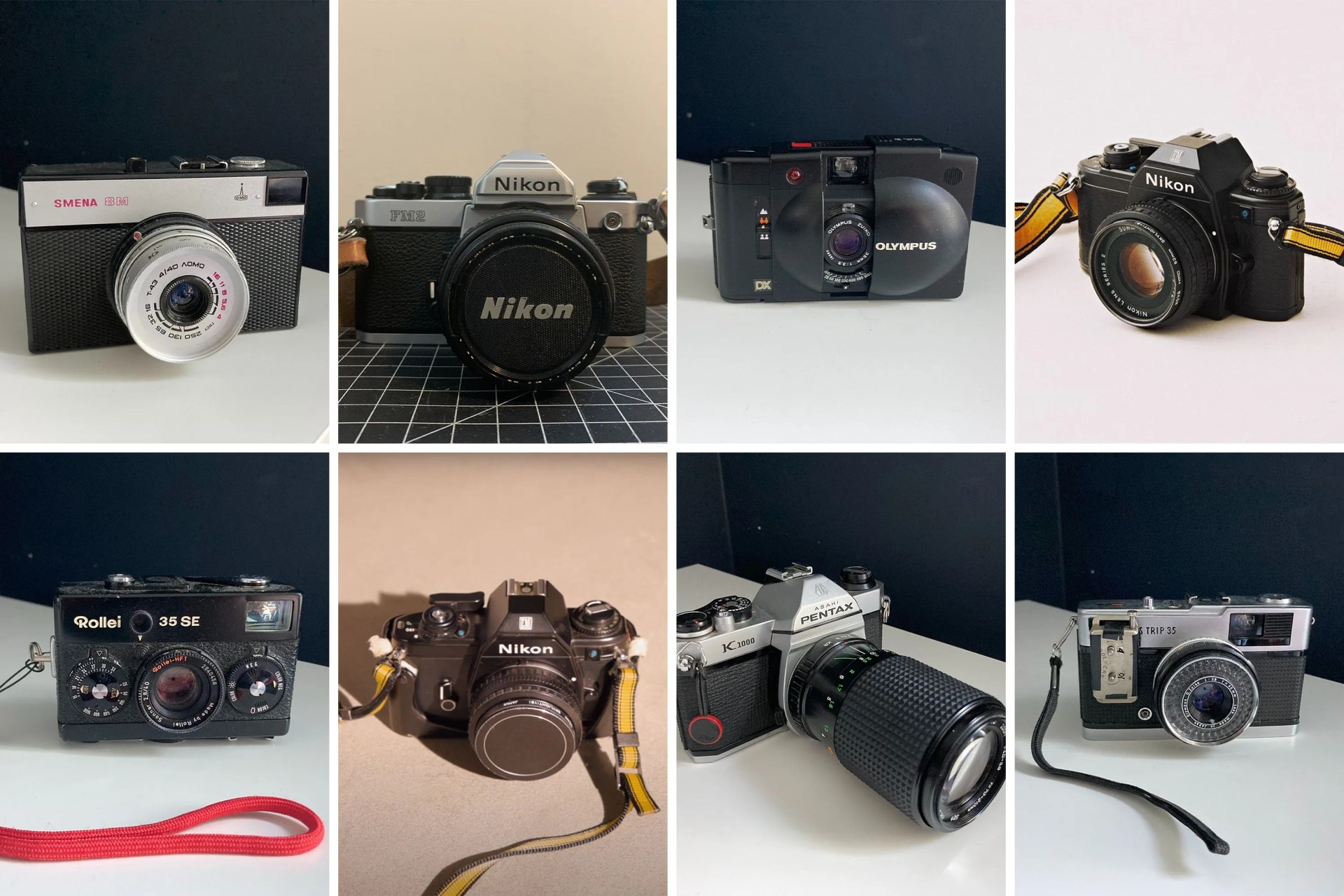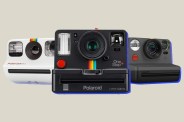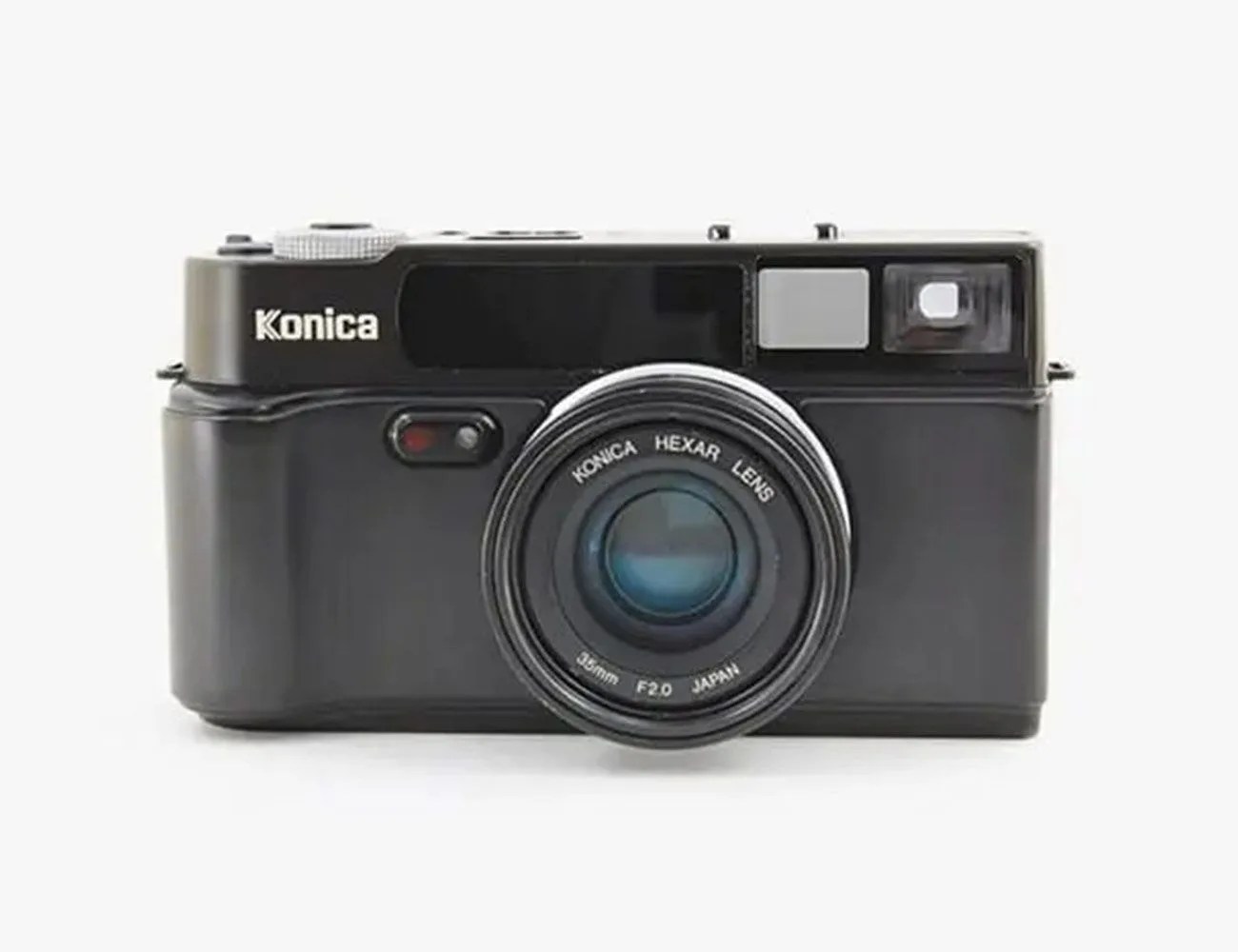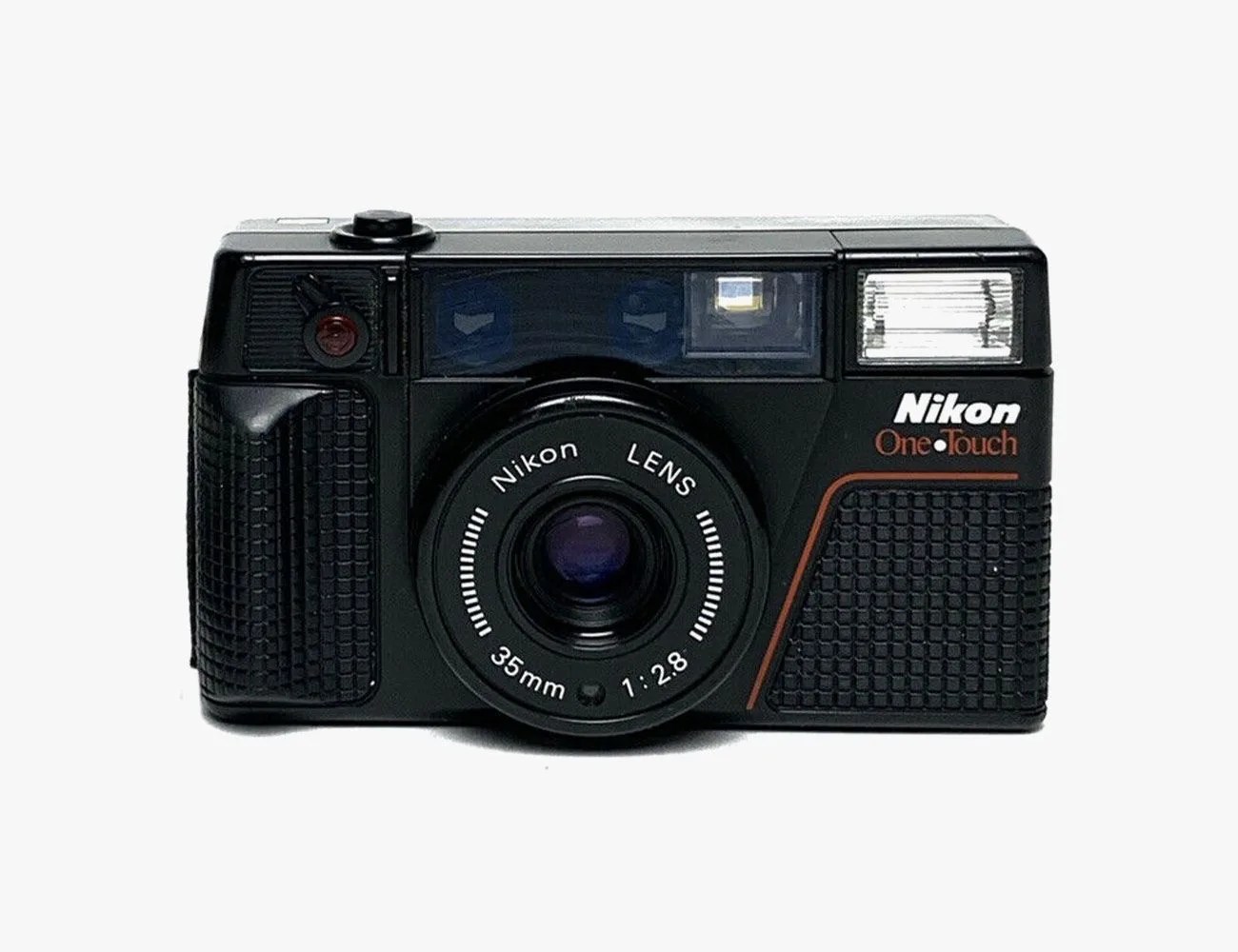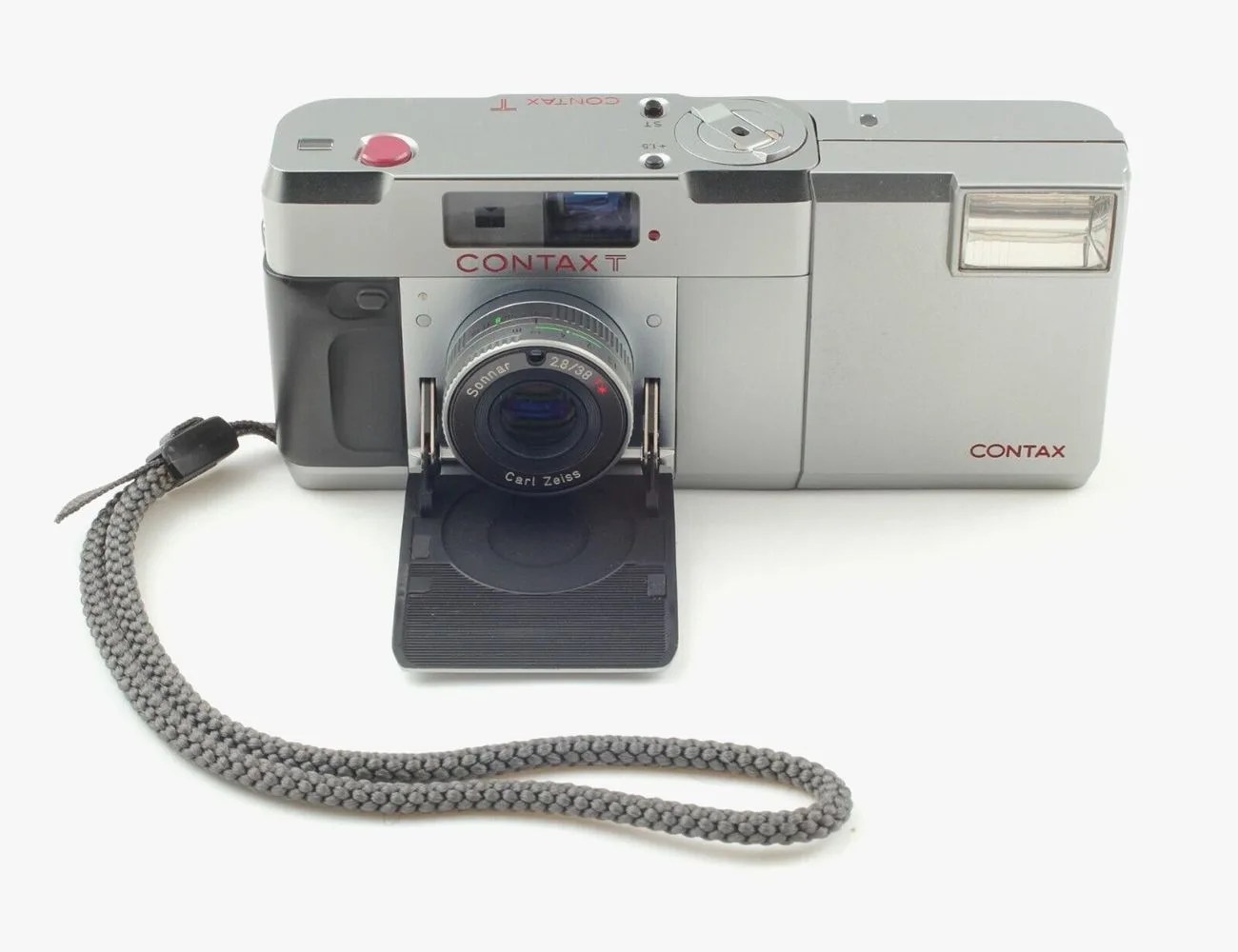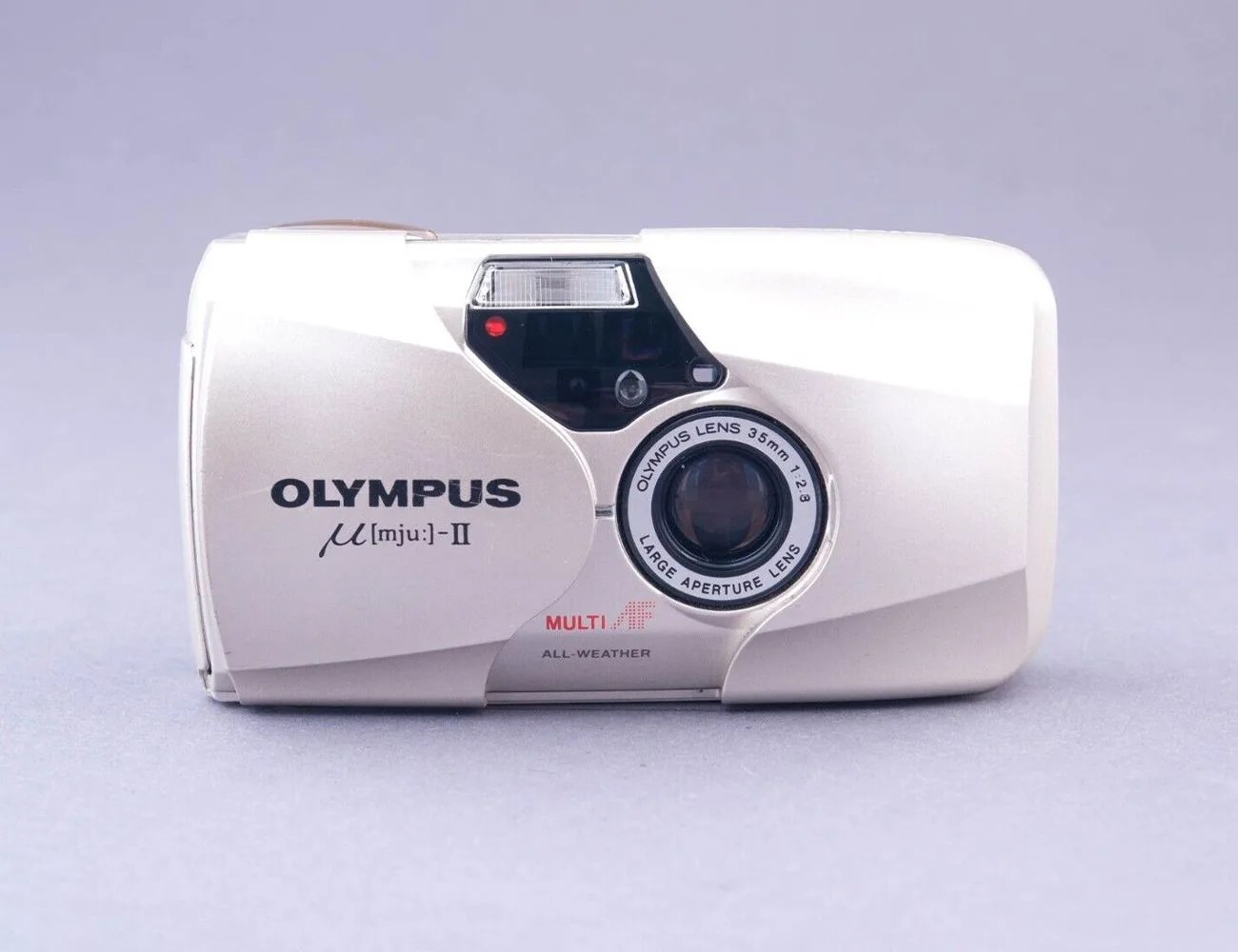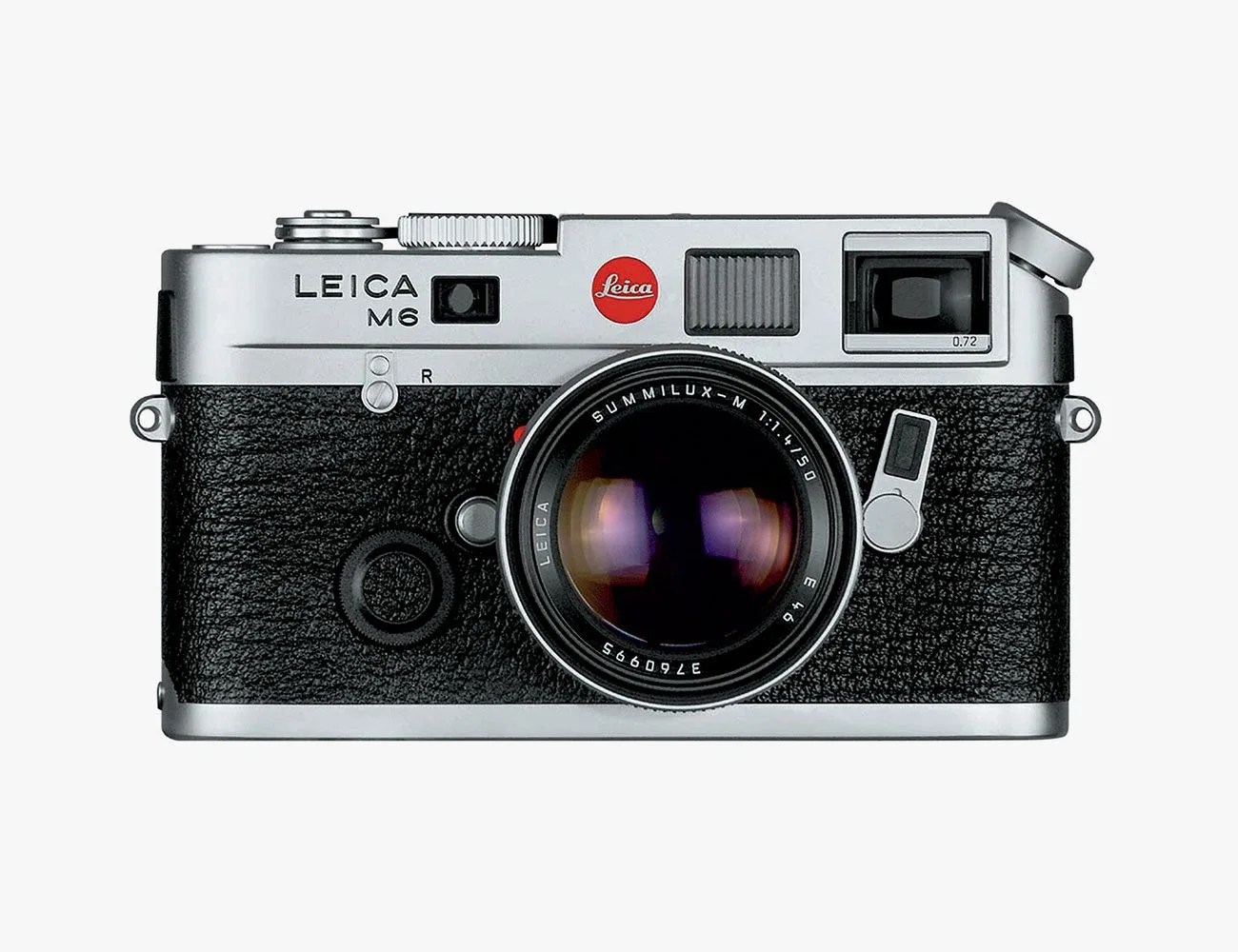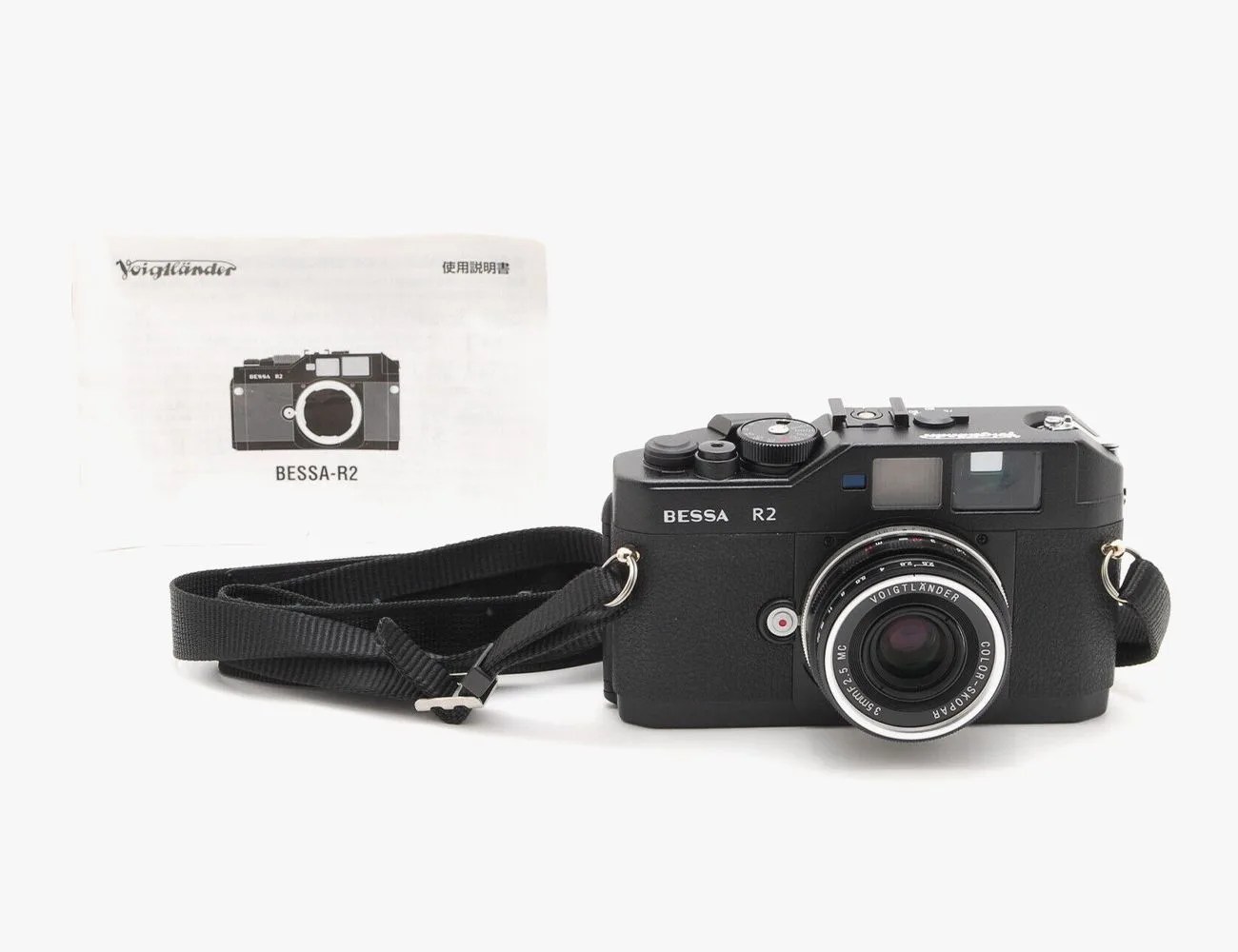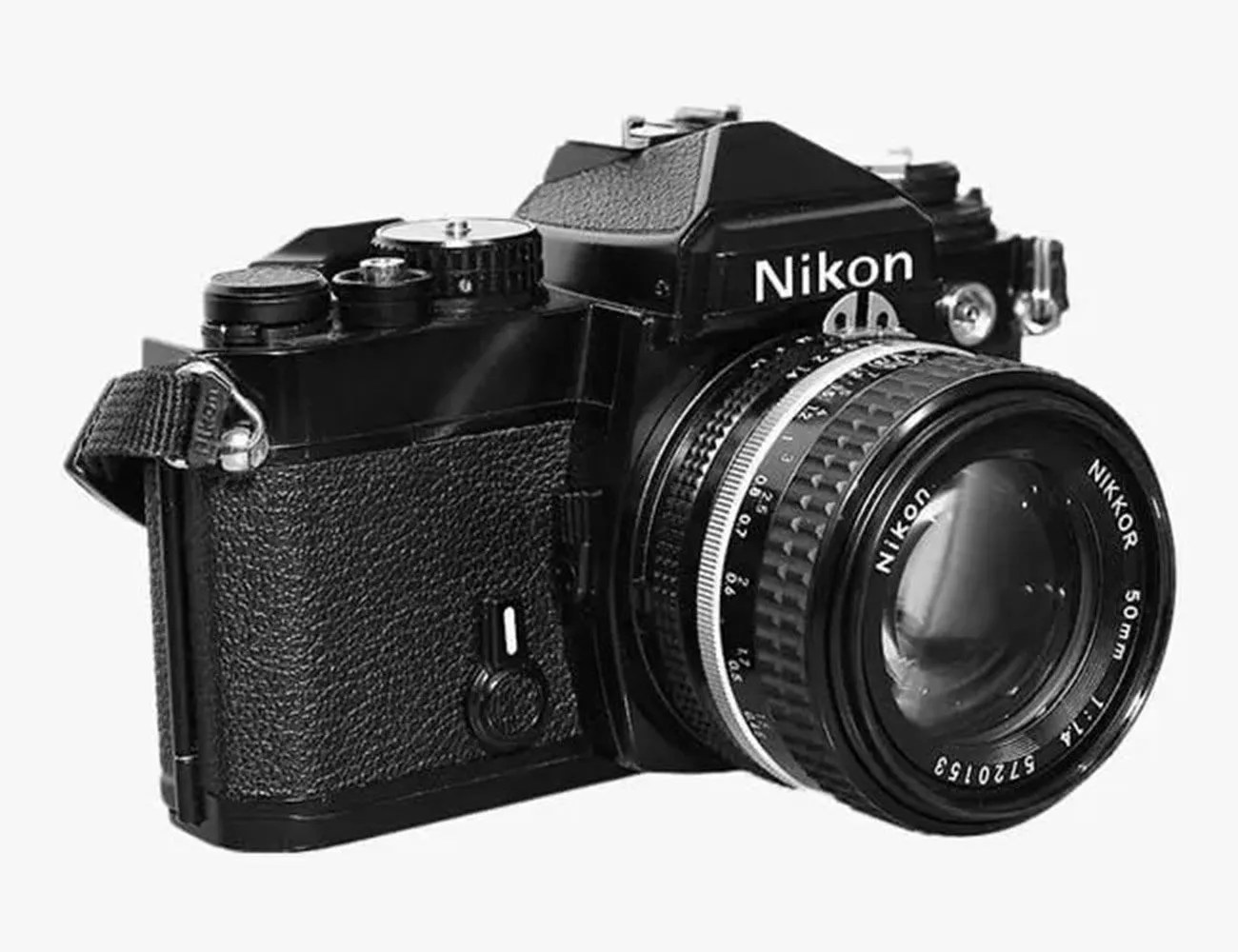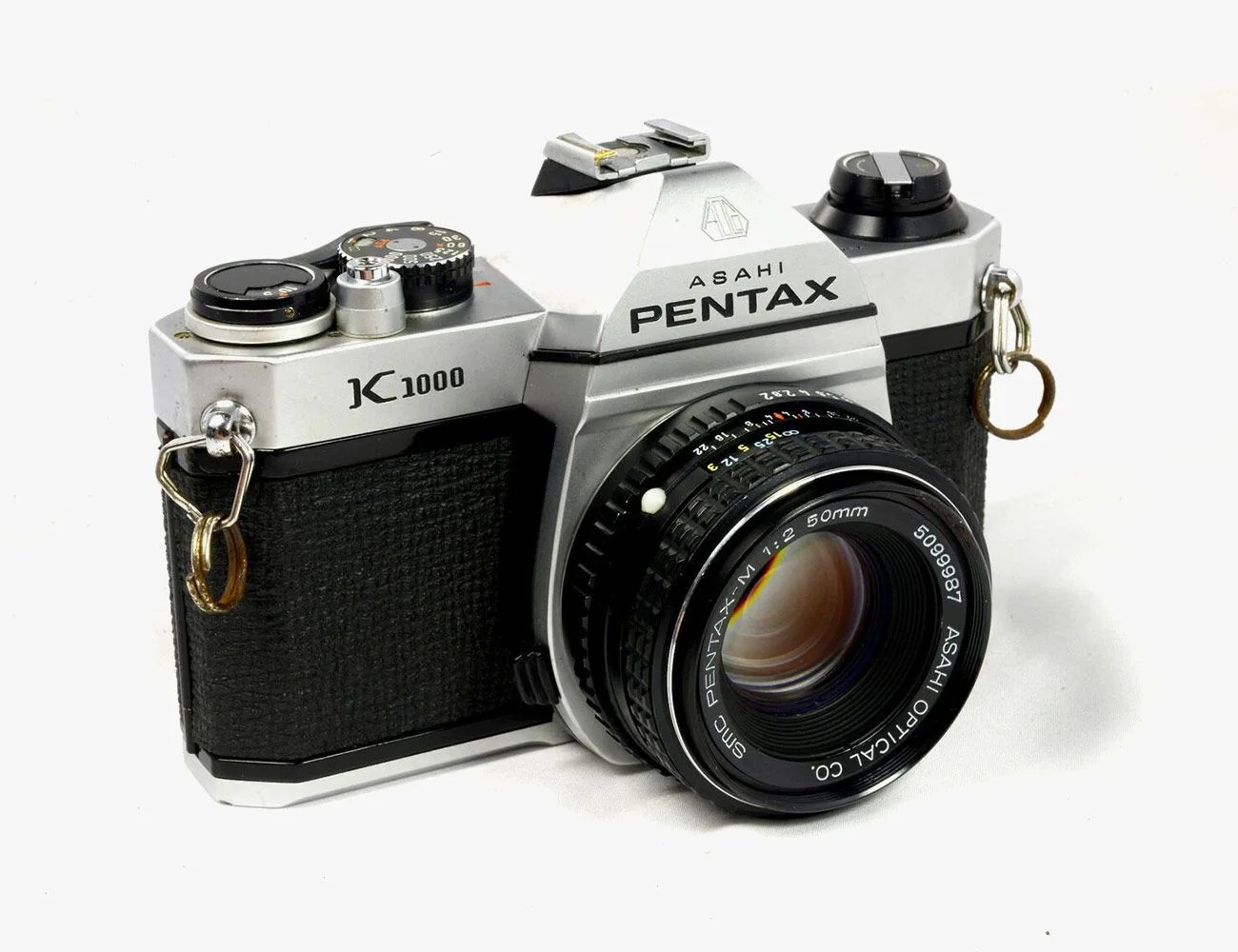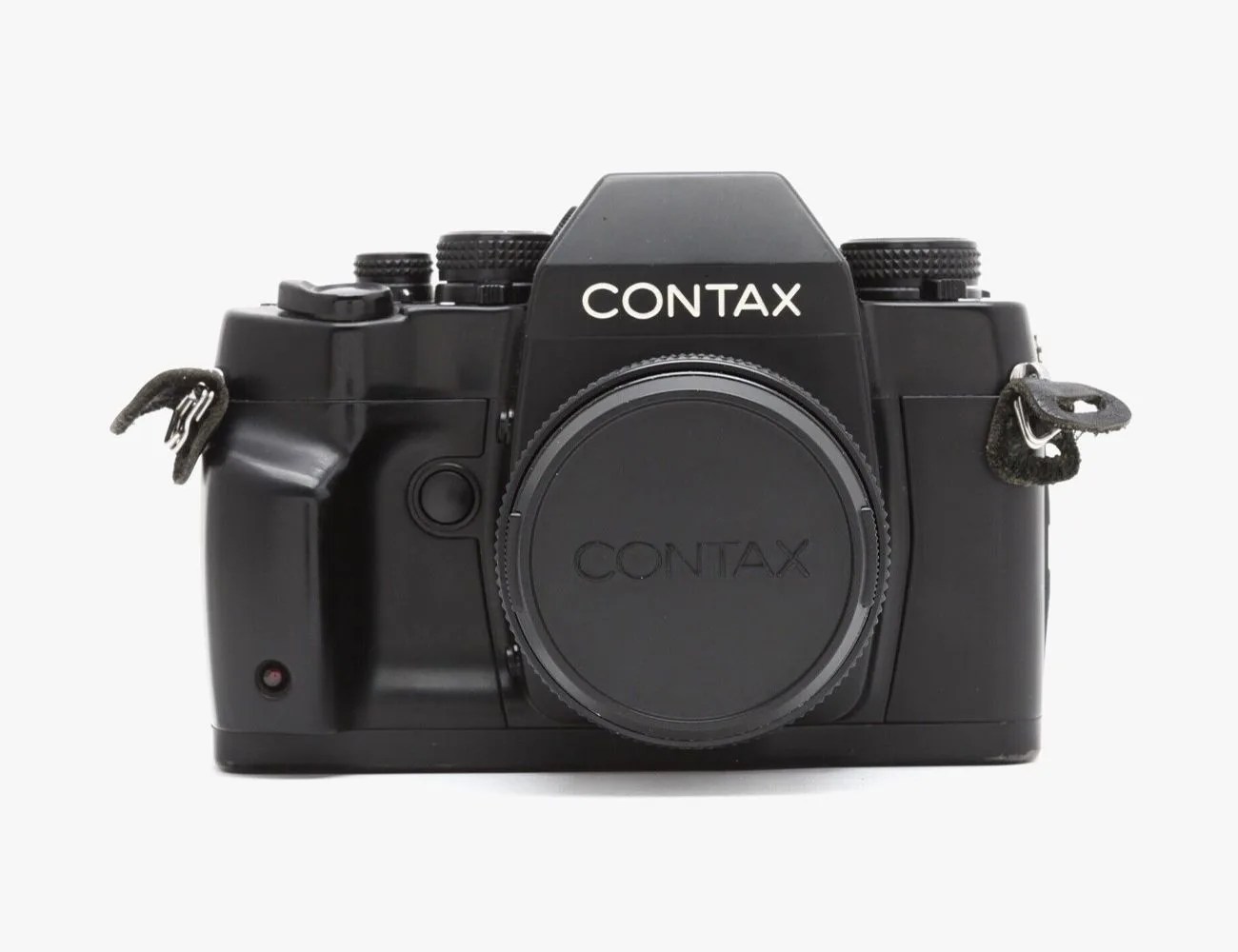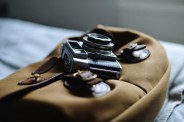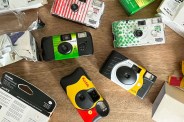So you want to do film photography. Welcome! It may be old-fashioned, but there are still plenty of reasons to do it here in 2022. Whether you’re looking for your first camera, your second, or your twelfth, these 35mm champions are a terrific way to get great shots while using film that’s relatively cheap and easy to get developed. Sure, there are more exotic options available, but 35mm is never a bad choice.With additional contributions from AJ Powell.
Products in the Guide
What to Look for When Buying a Used Film Camera
The great news when it comes to film cameras (and 35mm cameras especially) is that the “sensor” or the medium actually recording the images is the same across all of them. At its most basic form, all the camera body really does is hold the lens and provide a light-proof box for the film to live in.
So, what that really means is that all great film cameras (especially when looking for vintage or used examples) share the same few things:
Great lenses: They’re basically the only thing that can make one 35mm film camera “sharper” or “higher resolution” or “tonally” better than another. For interchangeable-lens cameras, this is pretty easy, but where you’ll have to be savvy is with point-and-shoot or fixed lens cameras. Red flags with those are (generally) zoom lenses and lenses without a fixed wide aperture – think 24-70 f/4.5-5.6.
Reliability:Really the only other thing that a film camera has to do is work. Things that get in the way are finicky electronics (common on compact cameras from the 90s) and age. Just about all of the mechanical ailments of vintage cameras can be fixed with a reasonably affordable CLA (Clean, Lubricate, Adjust) service from any good camera repair shop.
Cost: There was a time when all film cameras were fairly cheap. Now, there are a small handful that — through the hype, celebrity endorsement, or general excellence – have become quite expensive. Sometimes, the price is still justifiable and at least feels rational. Some of the cameras on this list — Contax’s G and T line ◊ are insanely expensive these days, but the reason they got expensive is that the nerdy film photographers in 2010 (rightly) said that they were excellent. Also, it’s not like they’re making any more of them.


